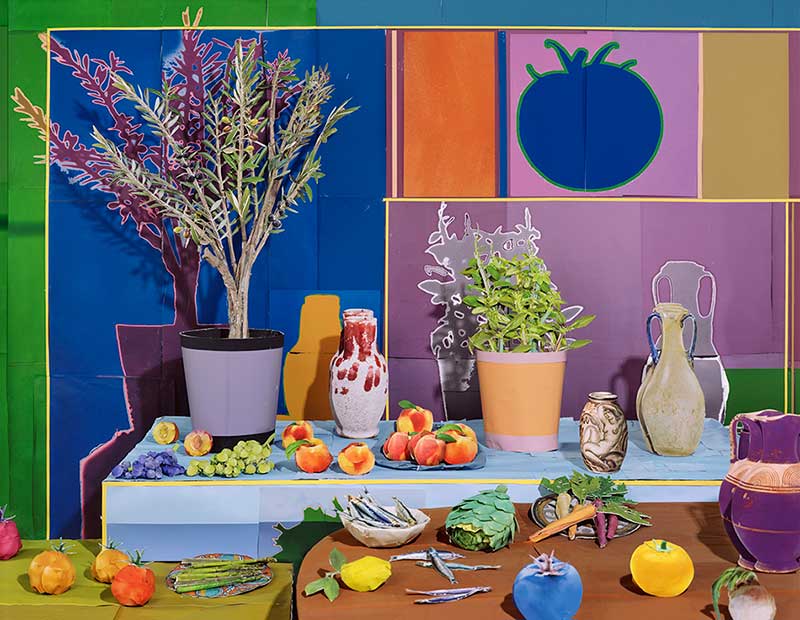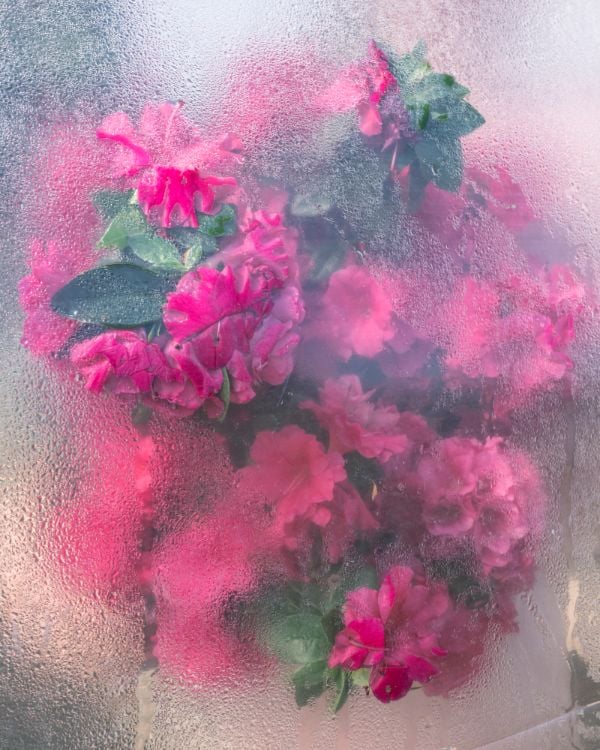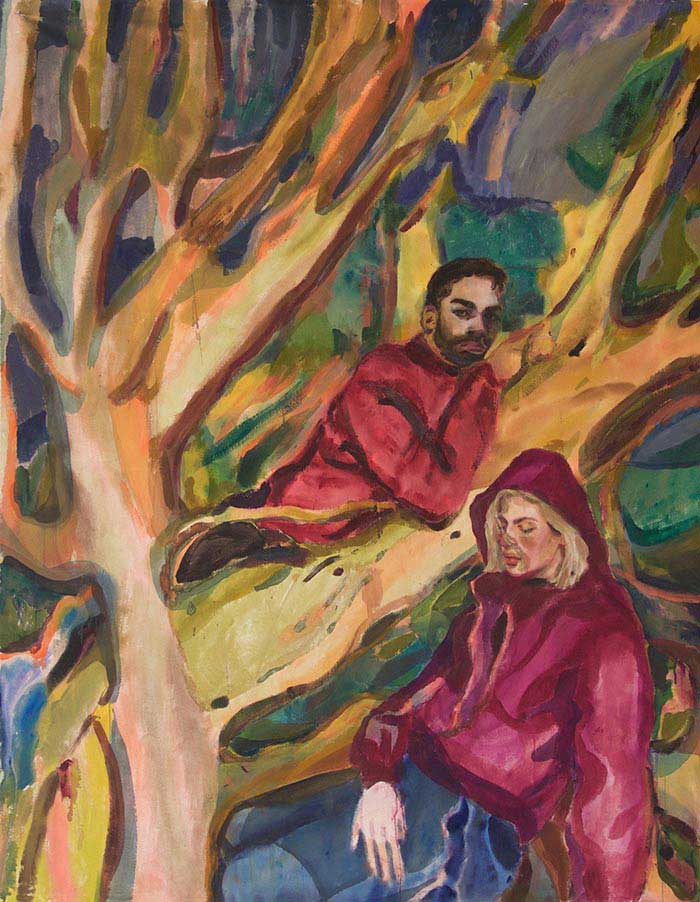London Dealer Giles Huxley-Parlour Looks Back on the First Decade of His Gallery’s Existence, and to What the Future May Bring


Artnet Gallery Network

Ten years ago this month, the London gallery Huxley-Parlour opened on Swallow Street in Mayfair.
A lot has changed since then. The gallery, known as Beetles+Huxley for its first seven years, changed names in 2017, when Giles Huxley-Parlour became sole director. And the programing has also shifted. Long known for its commitment to photography, the gallery broadened its offerings to include painting, sculpture, and other media in 2018, when a building renovation allowed it do so.
The significance of those sea changes isn’t lost on Huxley-Parlour, now fondly looking back at a decade’s worth of work.
“I guess I’m most proud of helping our artists gain exposure here in London,” he tells Artnet News, “and for managing to build and operate a functioning business around that during some pretty volatile times.”
“I’ve learned a lot, but maybe the most important thing is to constantly remind myself how lucky I am to do something I love,” he says. “It’s not really a job.”

Cig Harvey, Azaleas, Pressing, Rockport, Maine (2018). © Cig Harvey. Courtesy of Huxley-Parlour.
Indeed, Huxley-Parlour has a lot to be thankful for. Ask people in the art world—especially the photo-focused crowd—and they’ll likely associate his gallery with a number of high-profile shows by high-profile artists, including Alec Soth’s “Sleeping by the Mississippi” and Joel Meyerowitz’s “Cape Light.”
But what’s really on the dealer’s mind is the more recent present—specifically the pandemic-inflected challenges of 2020—and the future.
The gallery was fortunate enough to retain its staff this year, and was able to do so, Huxley-Parlour says, because it could adapt rather seamlessly to the digital turn. During the height of quarantine, the gallery’s exhibitions were accompanied by online viewing rooms that offered installation views and background stories.

Rebecca Harper, Repetition Rooted in That Earlier Grief, 1 (2019). © Rebecca Harper. Courtesy of Huxley-Parlour.
Like many, Huxley-Parlour is now running up against his digital limit.
“I actually think that virtual exhibitions are dreadful,” he says. “It’s a bit like trying to enjoy music by just reading the score. My aim is to be brilliant at what does work online, and to use that to draw people into the gallery.”
Exploiting the internet’s ability to draw people in actually factors heavily into the next chapter of the gallery’s life. It’s what has changed most about the art world this century, Huxley-Parlour says, “the way that global reach and interconnectedness has exploded thanks to the internet, bringing more competition but also more opportunities.”
It’s also what he’s most invested in moving forward.
“I am hugely interested in how we can maximize that reach, and see it as one of my main objectives over the next few years.”